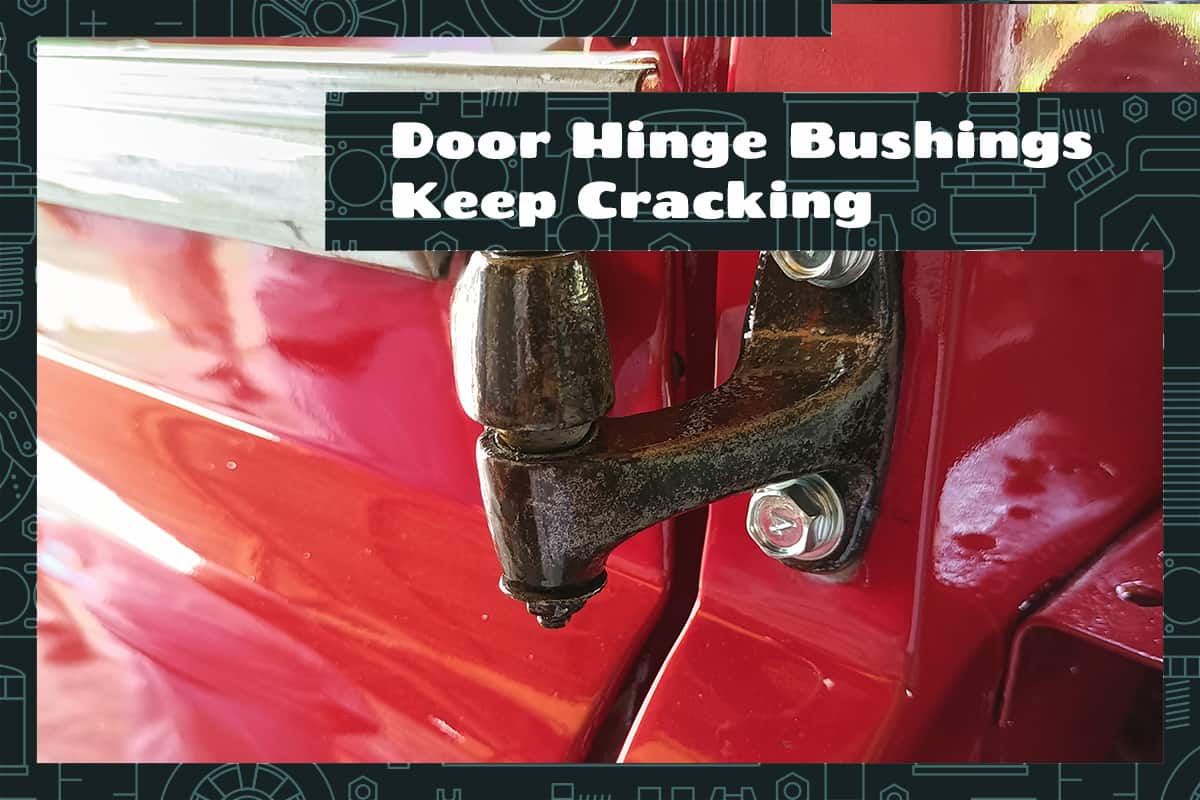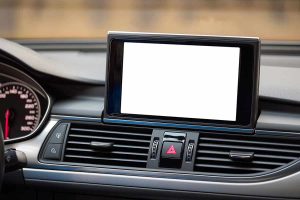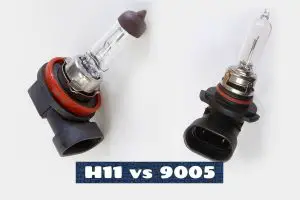Car door hinge bushings make sure that your vehicle’s doors operate smoothly. They play a silent but important role in your daily car experience. Though they don’t affect your engine’s performance in any way, malfunctioning or damaged bushings can make a world of difference in the usability of your car door.
The primary causes of cracked door hinge bushings and their solutions are as follows:
- Material wear and tear: Replace with quality bushings.
- Environmental factors: Protect and lubricate regularly.
- Forceful door use: Adopt gentle door handling.
- Accidents or misalignment: Seek professional realignment.
This guide explores the intricacies of door hinge bushings, their degradation, and effective solutions for repair.
What Are Car Door Hinge Bushings?
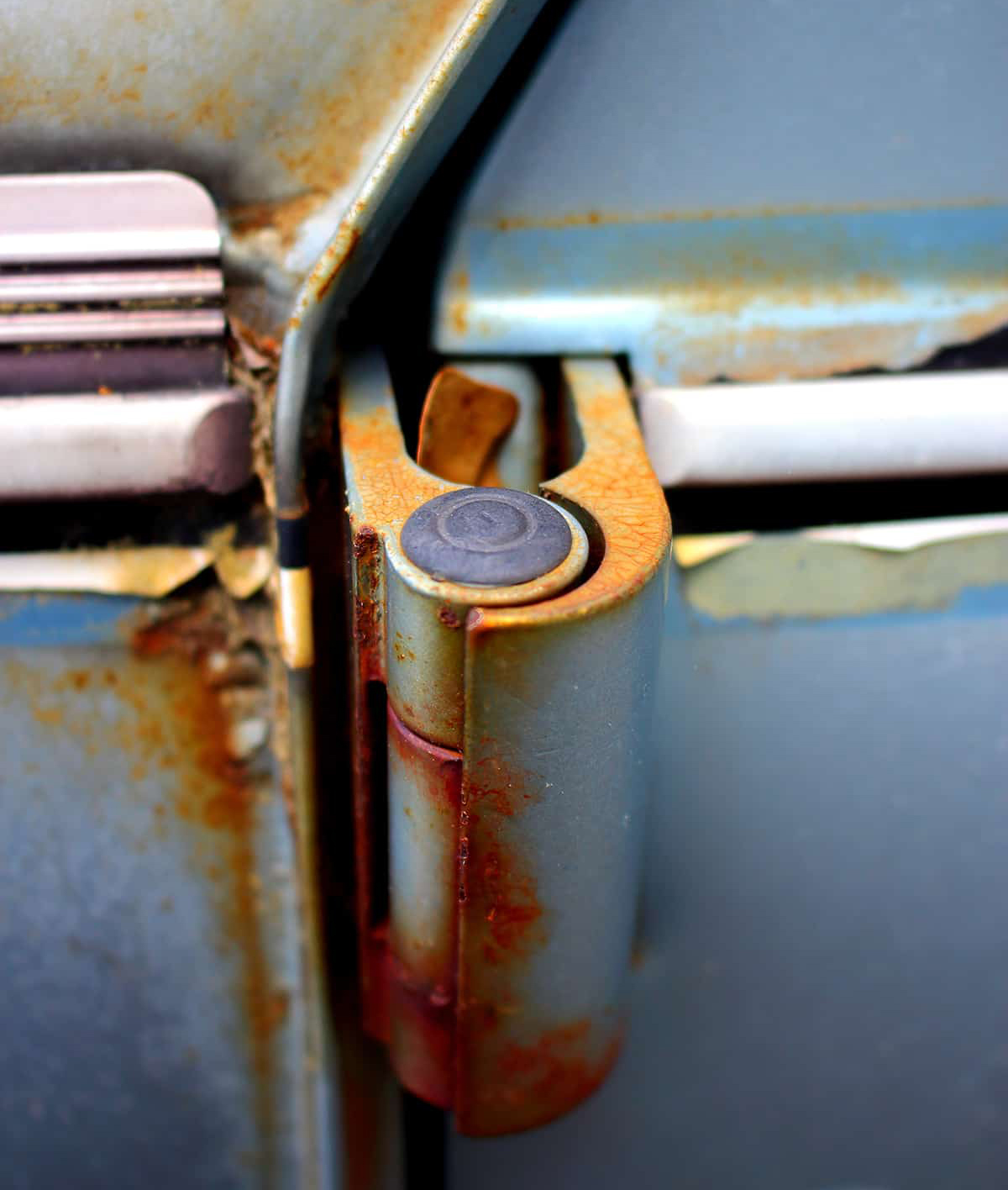
At first glance, a bushing might seem insignificant given its small size. But its role in the door’s mechanism cannot be understated.
- Reduces Friction: As the door opens and closes, metal components within the hinge could rub against each other, leading to increased wear. The bushing acts as a buffer, preventing direct metal-to-metal contact.
- Protects the Hinge: Over time, without a bushing, the hinge’s integrity can degrade rapidly. The bushing absorbs a significant portion of the stress and strain, protecting the hinge from premature wear.
- Ensures Smooth Operation: With a well-maintained bushing, car doors open and close smoothly. They provide the necessary lubrication (especially in the case of self-lubricating bushings) that facilitates this seamless movement.
Common Signs of a Cracked Bushing
You will never truly appreciate car door hinge bushings until you realize they’re not working as intended. You can usually identify cracked bushings by the following signs:
1. Difficulty in Door Operation
- Stiffness: The door may become notably harder to open or close. This resistance is often due to increased friction resulting from the deteriorated bushing.
- Looseness: In contrast, some doors might feel too loose or wobbly, indicating the bushing no longer provides the necessary support and alignment.
2. Audible Noises
- Squeaking or Creaking: These sounds often suggest that the bushing’s lubrication has worn away or the bushing itself has cracked, leading to increased friction.
- Grinding: This indicates metal-on-metal contact, a sign that the bushing may have eroded entirely in some areas.
3. Visible Physical Damage
- Cracks or Chips: Even minor cracks in the bushing can escalate into more significant problems if not addressed promptly.
- Thinning: Over time, due to regular use and environmental factors, the bushing may wear down, becoming visibly thinner than its original state.
- Deformation: If the bushing looks misshapen or no longer sits flush within its housing, it’s a clear indication of damage.
4. Door Misalignment
- Gaps: If you notice uneven gaps between the door and the car’s body when closed, the bushing may be at fault. Such misalignments can also lead to water leaks during rains or car washes.
- Difficulty Latching: A door that doesn’t latch properly or requires excessive force to shut often has a bushing problem affecting its alignment.
5. Increased Wear on Surrounding Components
- Hinge Wear: The hinge, which houses the bushing, can show signs of accelerated wear due to increased friction or misalignment.
- Damage to Door Frame: As the door’s alignment shifts, the frame can experience undue stress, leading to potential deformities or even cracks in extreme cases.
6. Vibration and Rattles
- Vibration: You might feel a distinct vibration through the door, especially when at higher speeds or during sharp turns. This is due to the door not being anchored securely because of the compromised bushing.
- Noticeable Rattles: The door may produce rattling sounds, especially when driving over bumps or potholes.
Reasons Behind Cracked Bushings
Over time, these bushings can become susceptible to cracks and damage. Let’s explore the primary factors causing cracked bushings.
1. Material Wear and Tear
Each time you open or close your car door, the bushing undergoes stress. While they’re built for durability, years of constant use can lead to natural wear and tear. Not all bushings are made equal. Cheaper or inferior-quality bushings may not withstand daily stressors as effectively as their high-quality counterparts.
2. Environmental Factors
Moist conditions can seep into the hinges, potentially leading to rust. As rust forms and expands, it can put pressure on the bushing, leading to cracks. Excessive heat can cause some bushing materials to soften and lose shape, while extreme cold can make them brittle. In colder climates, road salts can accelerate corrosion, which can indirectly damage bushings over time.
3. Forceful Door Use
Consistently slamming the door can exert undue stress on the bushing, causing it to crack prematurely. Leaning or hanging heavy objects on the door, even momentarily, can strain the bushing and hinge.
4. Accidents and Misalignments
If a door has been removed and reattached, such as after bodywork, and isn’t aligned properly, the bushing can bear unintended stress. Even minor accidents or bumps can misalign the door, leading to increased stress on the bushing.
5. Lack of Maintenance
Bushings, especially metal ones, require periodic lubrication. Failing to do so can increase friction, leading to faster wear and potential cracks. Not addressing early symptoms like squeaking or stiffness can escalate minor issues into significant bushing damage.
6. Corrosive Chemical Exposures
Some cleaning solutions can break down bushing materials over time if not rinsed off thoroughly. In areas with high industrial activity, certain emissions can settle on cars, which, over time, can have a corrosive effect on parts, including bushings.
7. Factory Defects
Variability in material quality can result in some bushings being less durable than others. If the bushing isn’t seated correctly during manufacturing, it can lead to early failures.
DIY Replacement Options
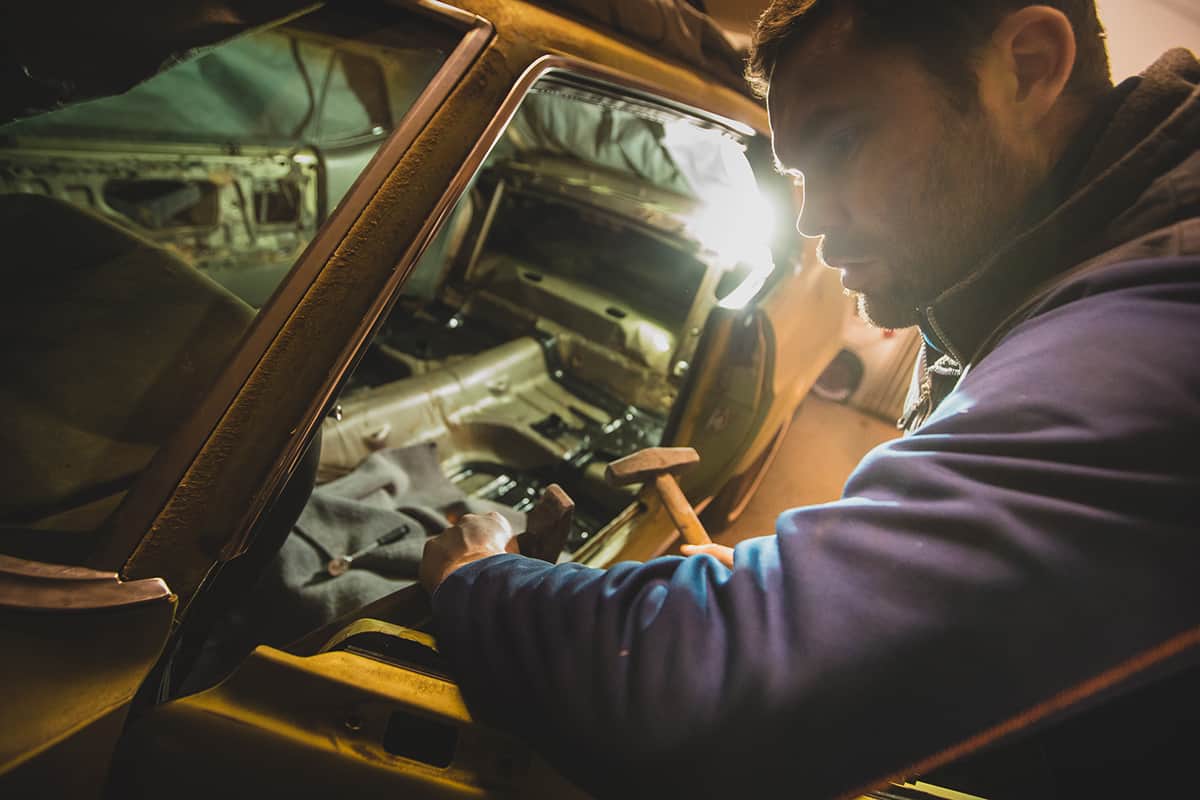
While cracked door hinge bushings will not affect your vehicle’s performance in a meaningful way, they can be incredibly annoying to deal with. Luckily, you can replace bushings using your own two hands.
Tools Required for Replacement
- Door Hinge Pin Remover
- Bushing Driver Set
- Lubricant
Steps for DIY Bushing Replacement
This guideline is a summary of the video tutorial by HumbleMechanic:
- After ensuring safety (parking the car and wearing gloves), open the door to a 90-degree angle and support it with a stand or jack.
- Using the door hinge pin remover, extract the hinge pin.
- Remove the old bushing. Depending on its condition, it may fall out or require gentle coaxing.
- Align the new bushing and use the bushing driver set to install it into the hinge.
- Once securely in place, re-insert the hinge pin, remove the door support, and test the door’s movement. It should operate smoothly without any noise.
FAQs
1. How do I know if my bushing needs replacement or if it can be repaired?
A bushing that displays minor wear or superficial cracks might still have some life left and could benefit from simple repairs like lubrication or adjustments. However, if you observe deep cracks, significant wear, or the bushing is missing or deformed, it’s a clear indication that a replacement is necessary.
Moreover, if your car door shows resistance when opening or closing or if you hear unusual noises when operating the door, it might be a better idea to get it inspected by a trained mechanic.
2. What is the average lifespan of a car door hinge bushing?
Typically, a bushing can last anywhere from 50,000 to 100,000 miles. The lifespan of a car door hinge bushing varies based on several factors, including the material it’s made from, the frequency of door use, and the environmental conditions to which it’s exposed. Metal bushings generally offer more durability compared to rubber or plastic ones.
